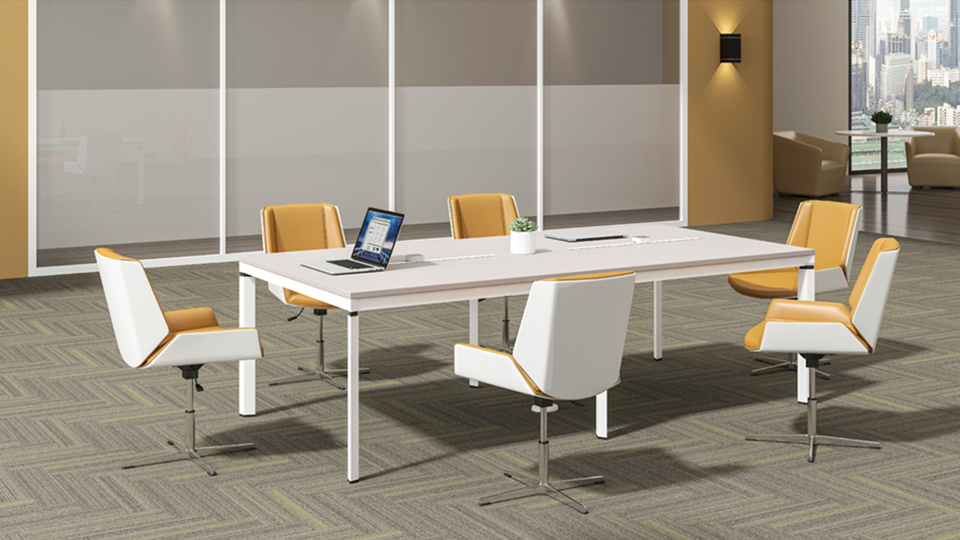|
Office Furniture |
Teach you to understand the environmental protection level of office furniture
Environmental protection has always been a concern of contemporary families. Whether it is the environment or Guanmei office furniture, environmental protection issues must be paid attention to.
In the standard promulgated and implemented in 2001, the limit levels of formaldehyde emission are divided into E1 and E2, and E1 is more strict than E2. The new standard cancels the E2 level and only retains the E1 level, which increases the limit of formaldehyde emission. It stipulates that the formaldehyde emission limit is 0.124 mg/m3, and the limit is marked E1.
The latest revision of "Limits of Formaldehyde Release in Wood-based Panels and Their Products for Interior Decoration Materials" has raised the relevant requirements and cancelled the E2 level standard, but the implementation date is May 1, 2018.
At present, the industry spontaneously implements different standards such as European standards and Japanese standards, which makes many people, especially consumers, confused. Today, Guanmei has sorted out the relevant knowledge, and a picture will let you understand!
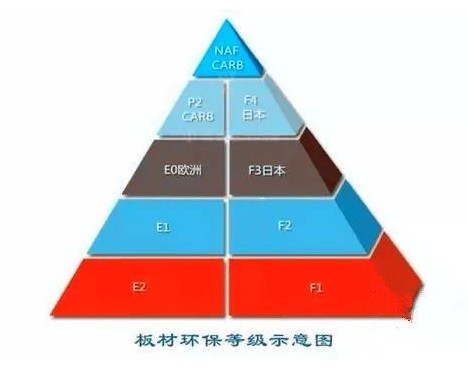
Speaking of standards, first of all, the detection methods produced by various standards, different detection methods will have different results and measurement units. Then Guan Xiaomei will tell you
1. Perforation method-mg/100g
Method: Measure the formaldehyde emission per unit weight of wood-based panels: mg/100g.
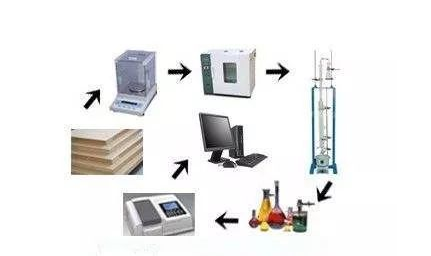
Principle: The sample is drilled, and the formaldehyde in the sample is extracted by benzene solvent. The amount of formaldehyde contained in the extract is determined by titration, and then the weight ratio of the sample is determined.
General applicable objects: MDF, particleboard.
2. Dryer-mg/L
Method: The ratio of the formaldehyde weight of the formaldehyde released by the wood-based panel in the closed desiccator dissolved in the quantitative water to the corresponding solution weight mg/L.
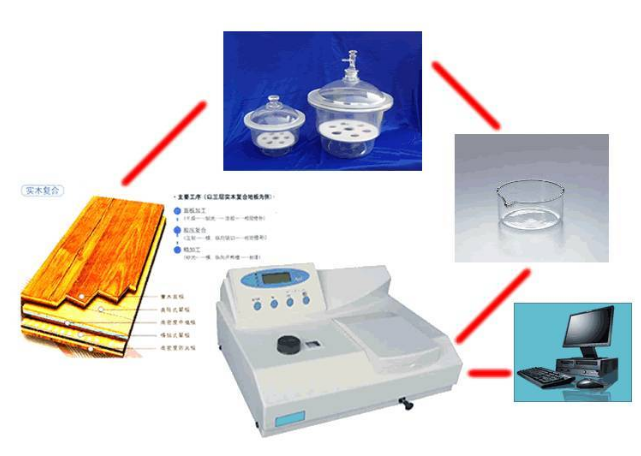
Principle: Take a certain size and a certain number - artificial board samples, after 24 hours. Infrared spectrophotometer.
Generally applicable objects: plywood, blockboard.
3. Climate box method-mg/m³
Formaldehyde emission of wood-based panels in a 1 cubic meter climate box mg/m³ A certain size of constant temperature and humidity Internal air circulation system The air of the climate box is repeatedly extracted and filtered through a test tube containing an aqueous solution to find the content in the solution, and then find the various artificial formaldehyde emission from the board.
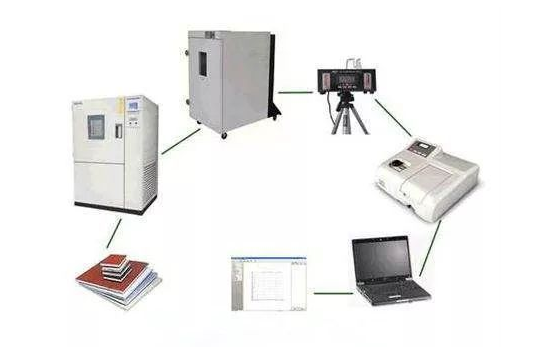
Class E
One of the mainstream environmental protection standards in the market, the E2 grade is not allowed to be directly applied to interior decoration without treatment. E0 and E1 can be directly used for interior decoration. The E0 level is an improvement compared to the E1 level. It is worth noting that the compliance of the board does not mean the indoor air quality. Therefore, we remind everyone to buy environmentally friendly boards, but also to reasonably control the quantity of decoration materials .

E0 grade (formaldehyde emission ≤0.5mg/L)
E1 grade (formaldehyde release 0.5mg-1.5mg/L)
E2 grade (formaldehyde release is greater than 1.5mg/L, less than 5mg/L)
Class F
The F-star is derived from Japan and is divided into four levels, but it is relatively higher than the E-level standard. At present, this standard is not common in the market, and domestic authoritative testing institutions generally do not implement such standards. .
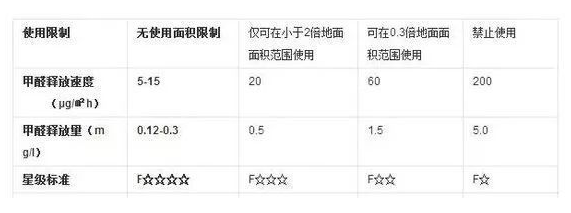
F★(≤5.0mg/L) Formaldehyde emission per L is less than or equal to 5mg
F★★(≤1.5mg/L) Formaldehyde emission per L is less than or equal to 1.5mg
F★★★(≤0.5mg/L) Formaldehyde emission per L is less than or equal to 0.5mg
F★★★★(≤0.3mg/L) The amount of formaldehyde released per L is less than or equal to 0.3mg





